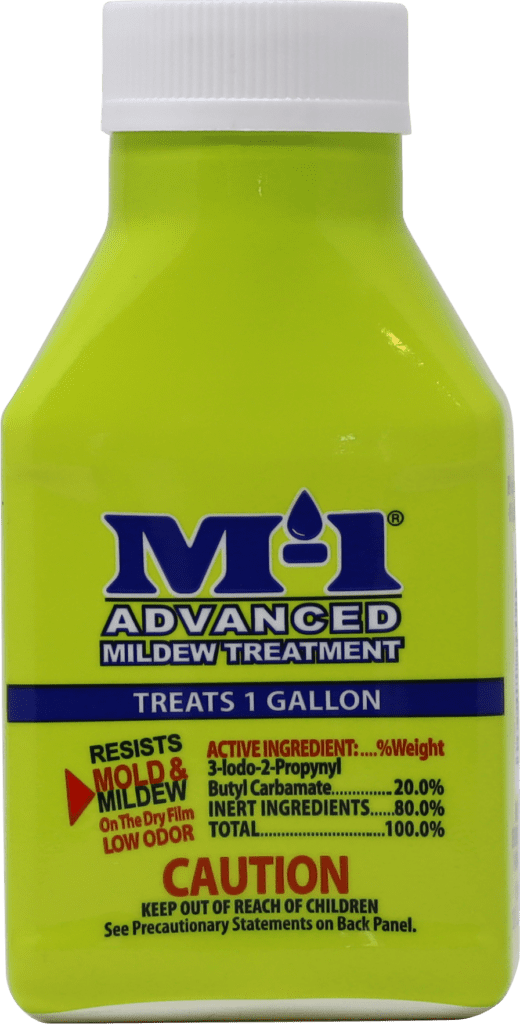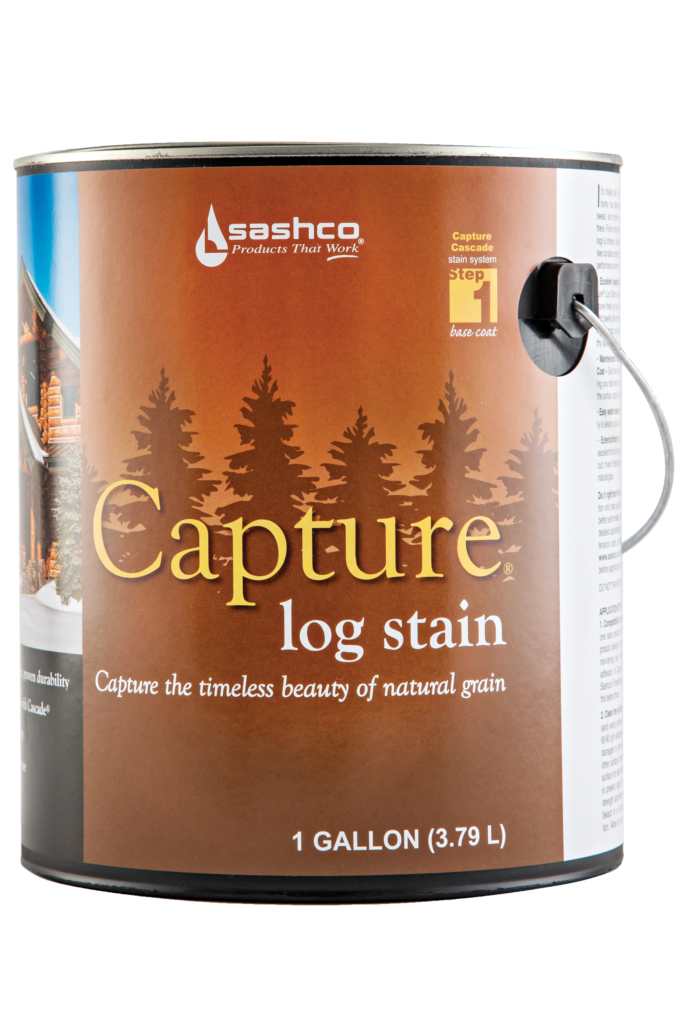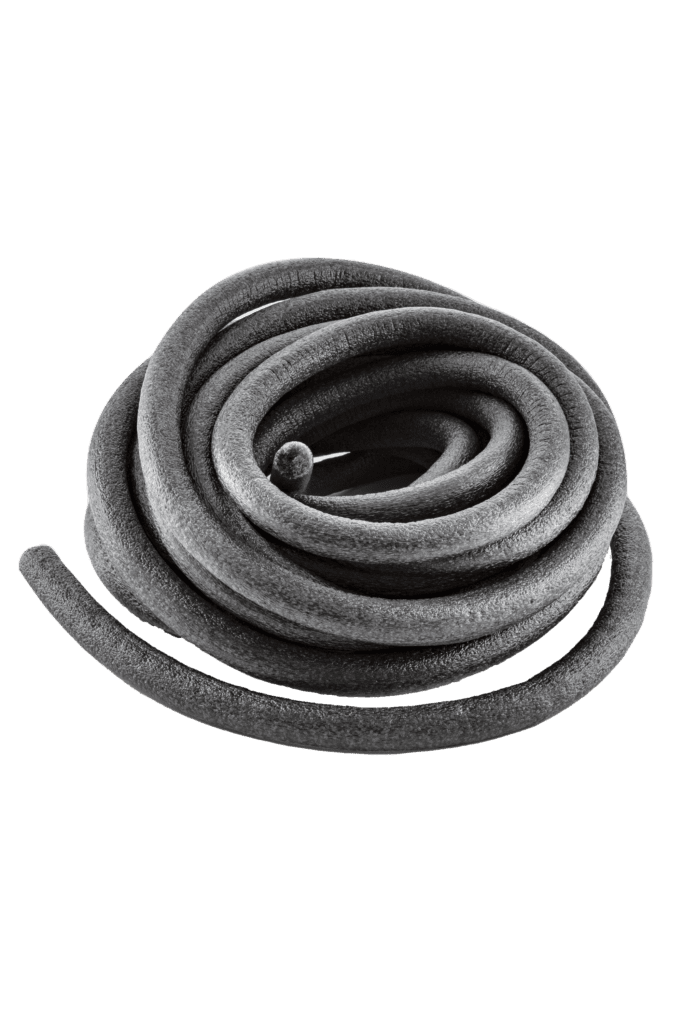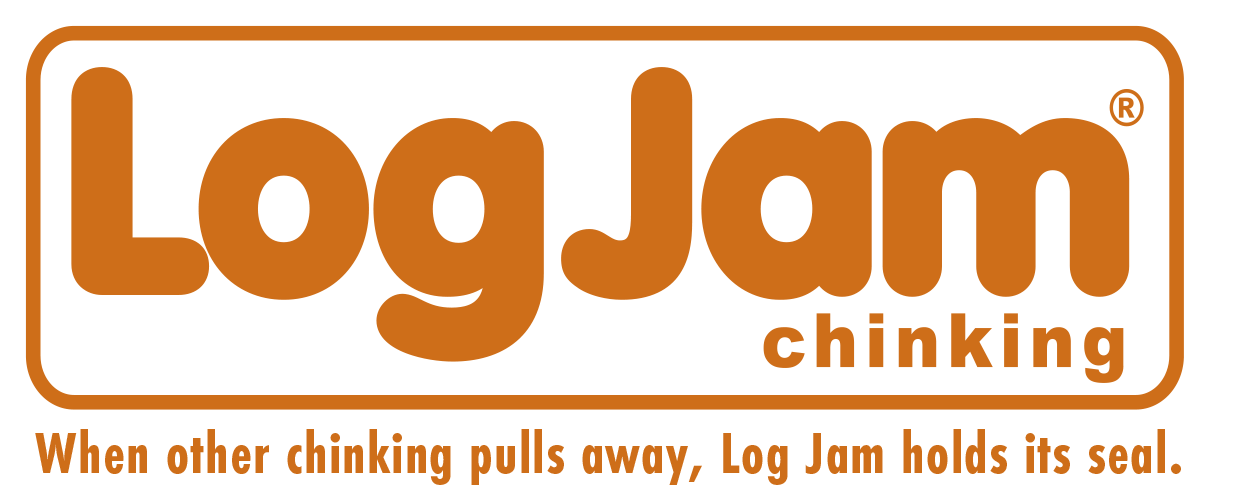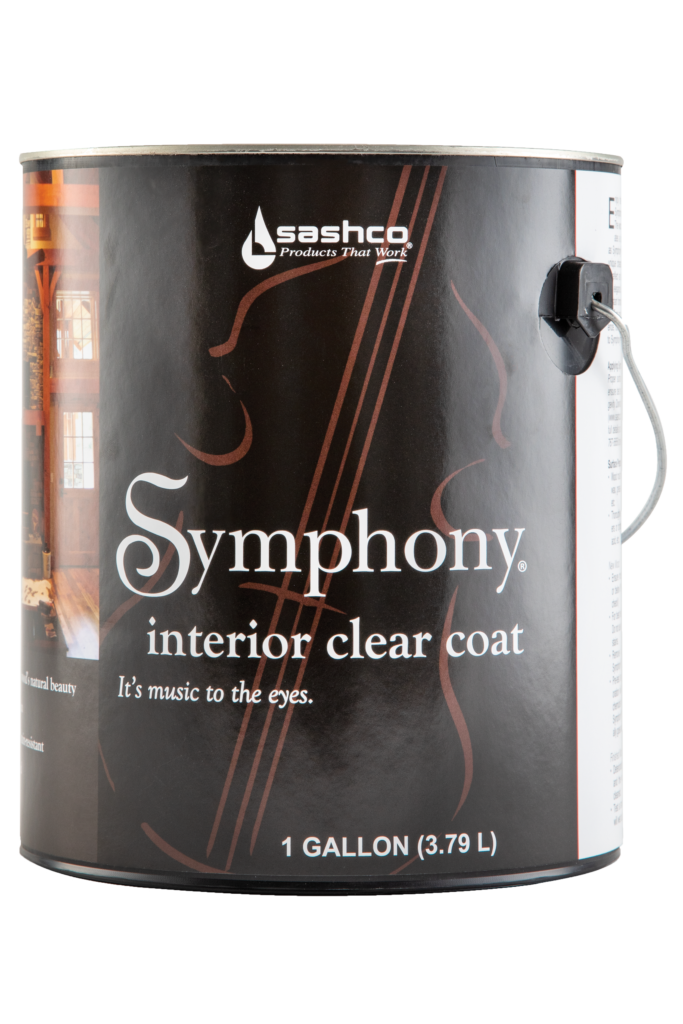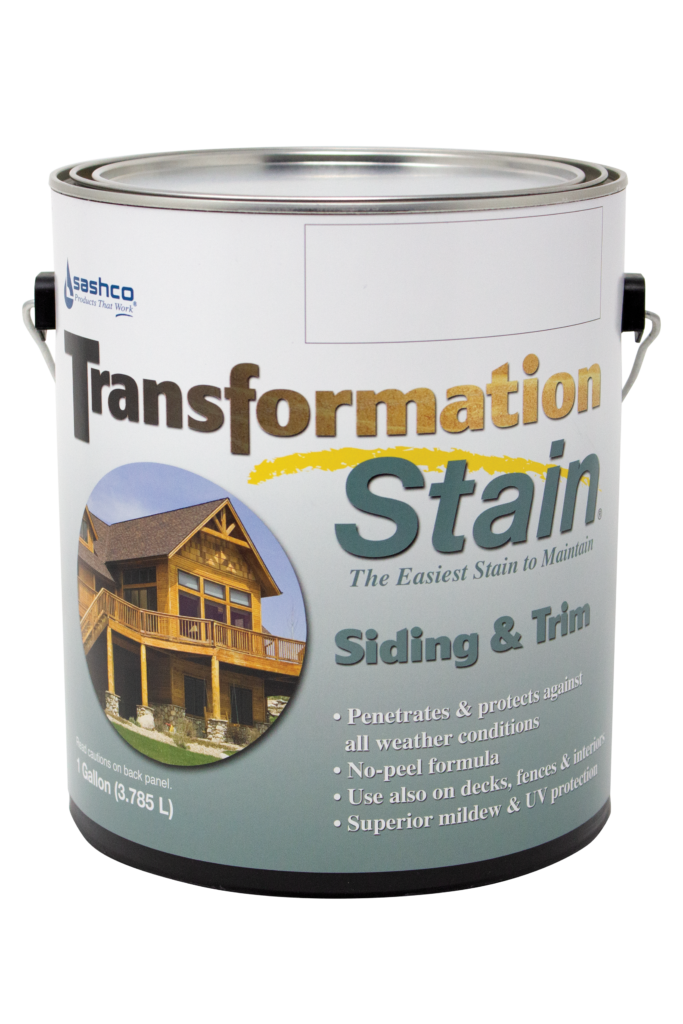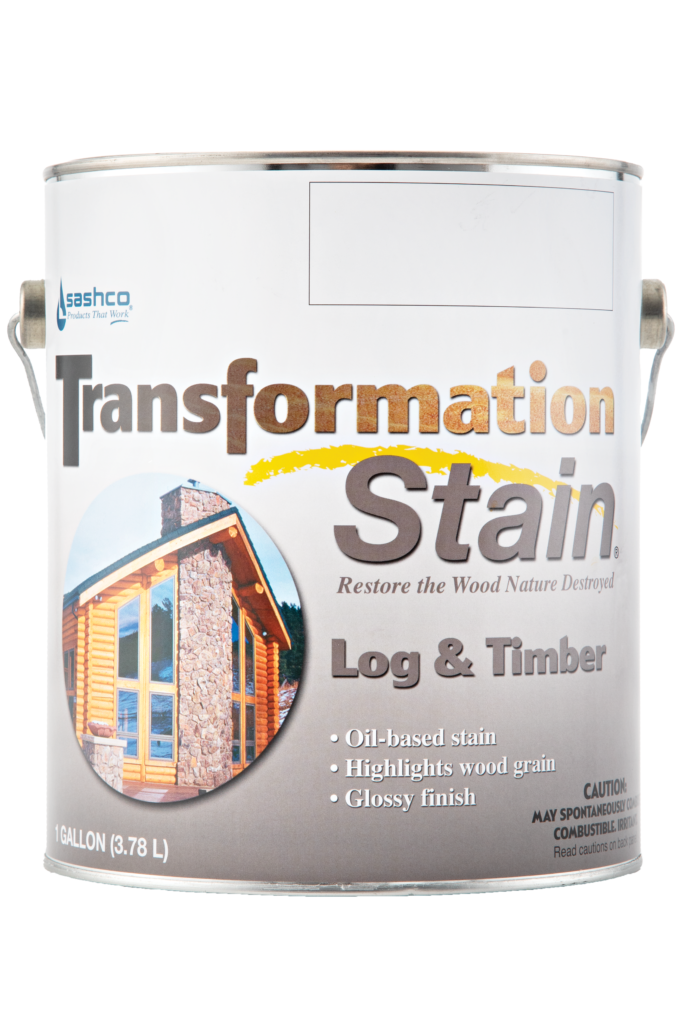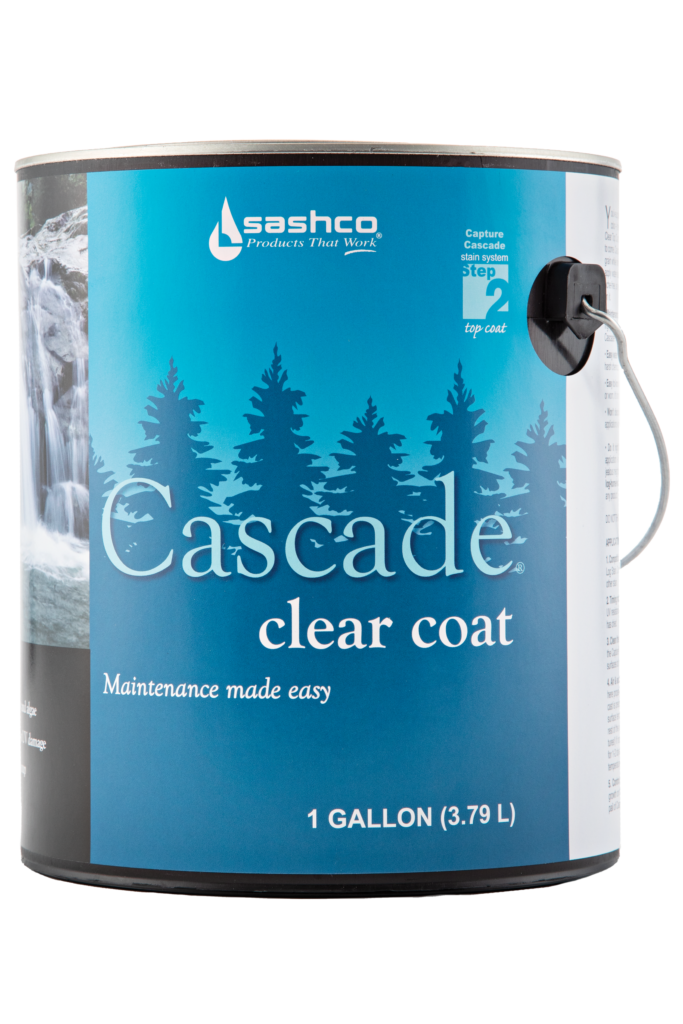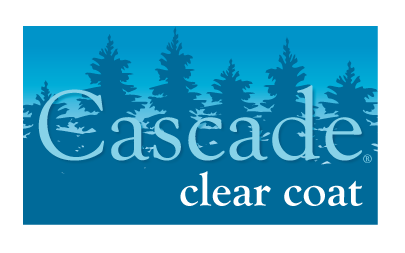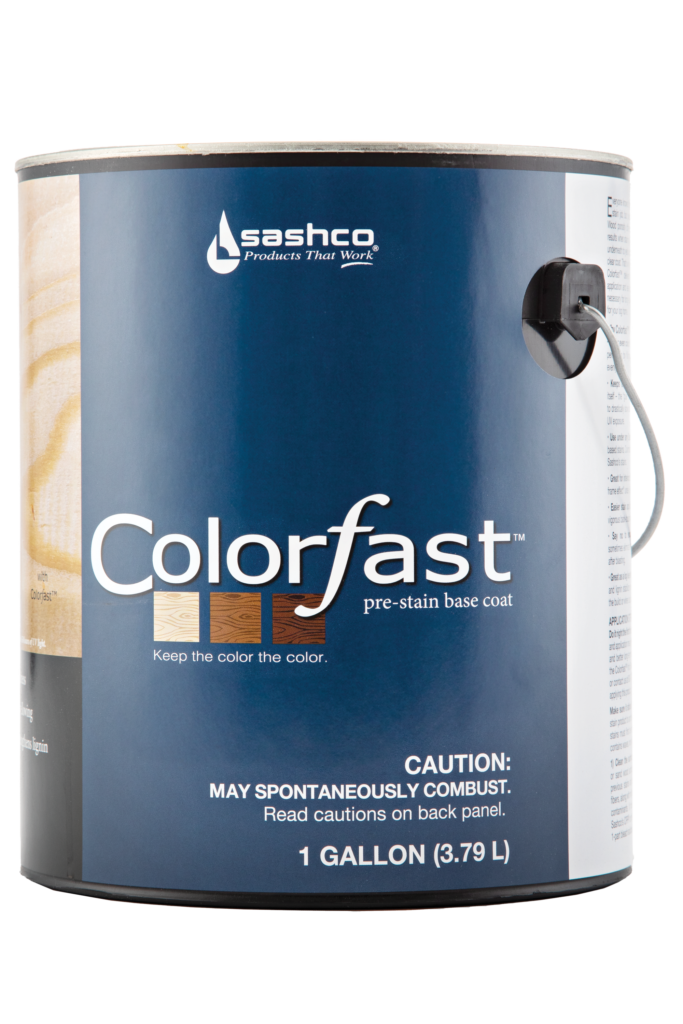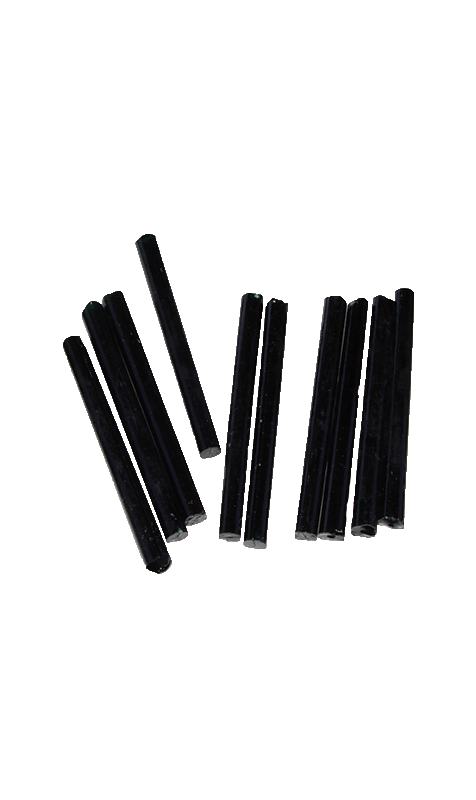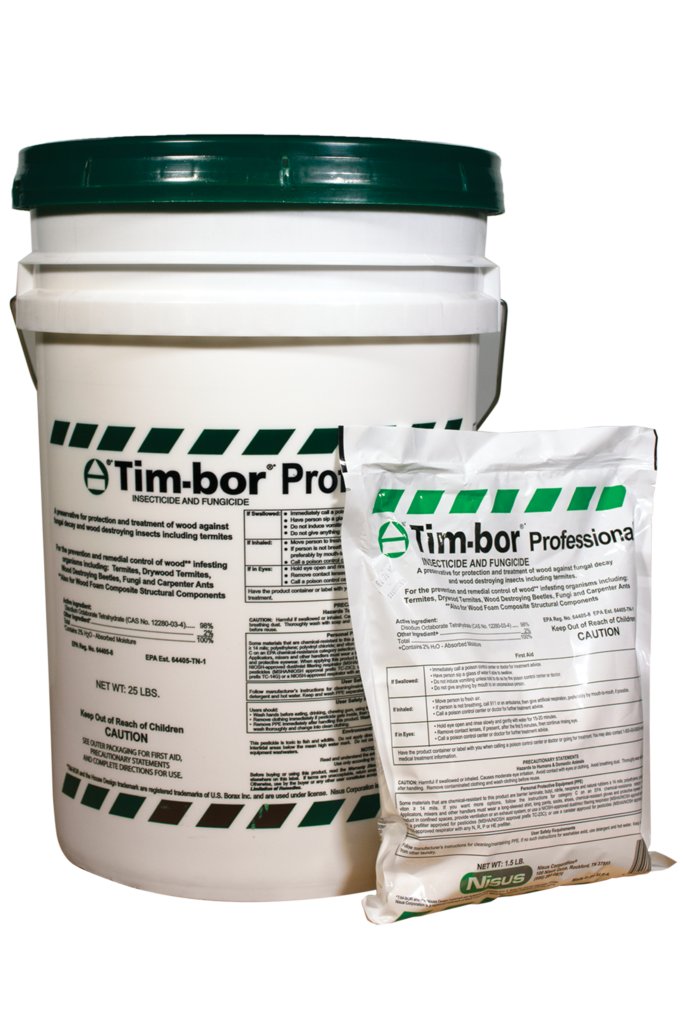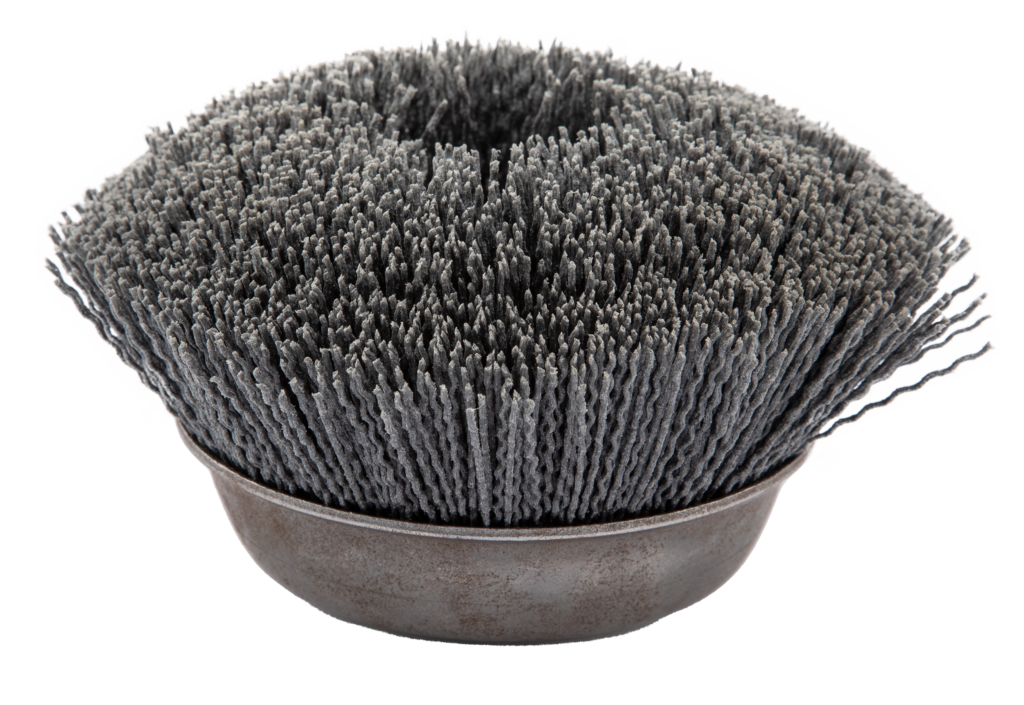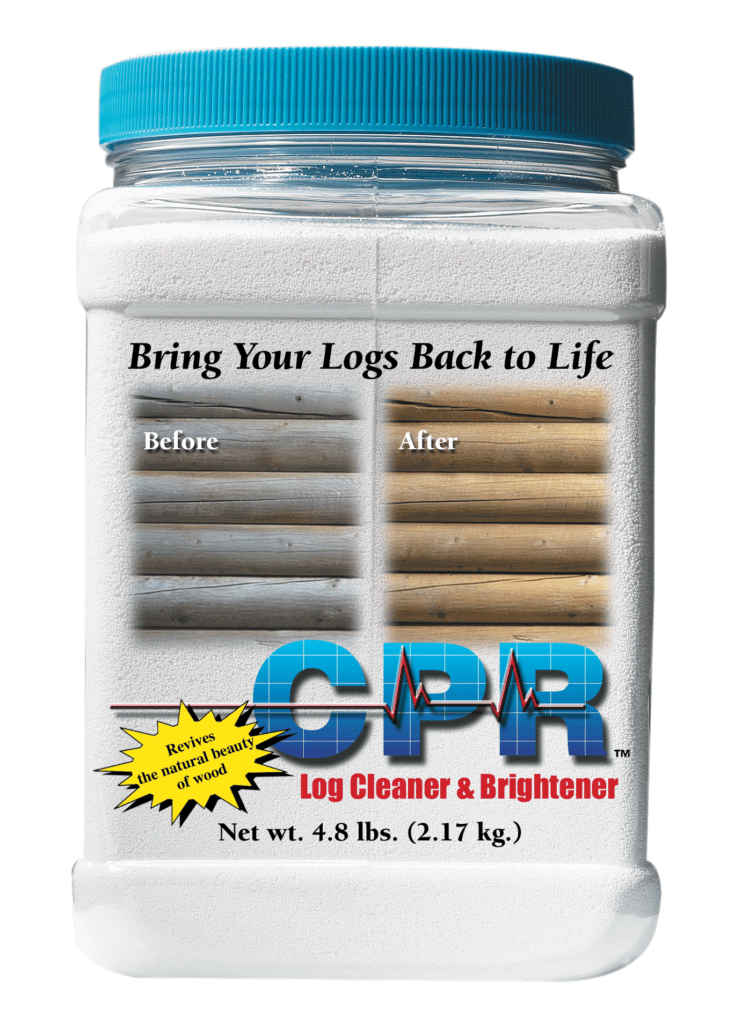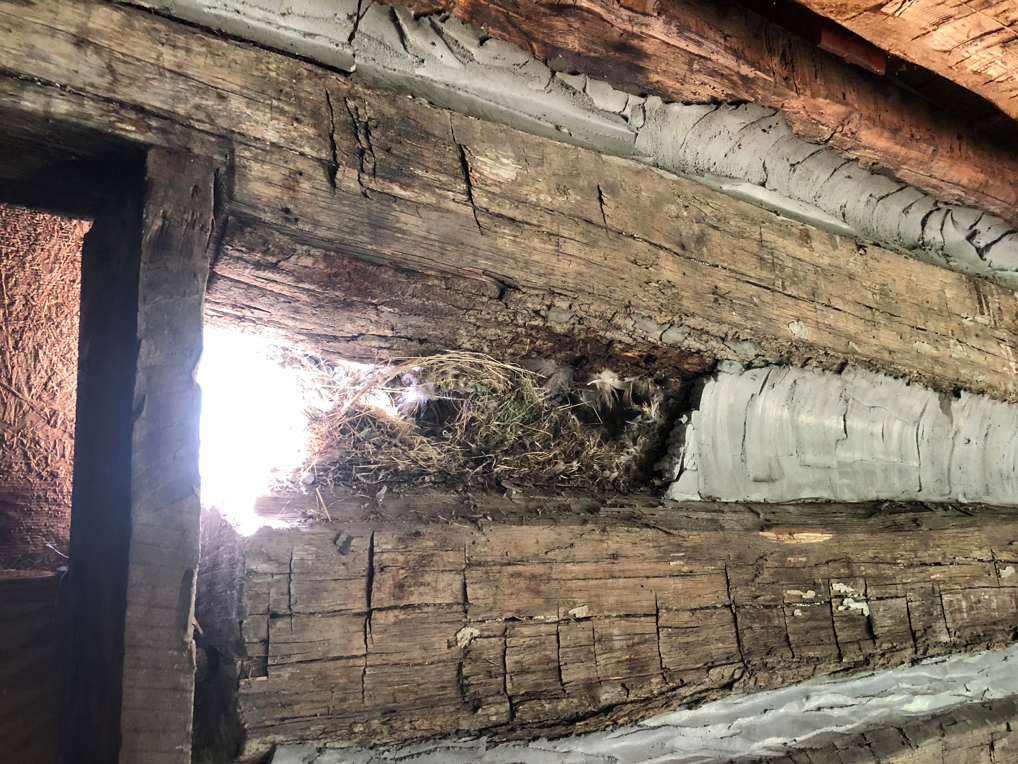
What You Need to Know about Restoring a Historic Log Home.
You’re ready to restore a historic log home? It’s exciting but requires special knowledge. Therefore, before you dive into any historical preservation or log home restoration project, here’s what you need to know from a restoration expert.
The background
Recently, Mark Nelson of Nelson Restoration worked on a Grand Teton National Park project. Mark partnered with Sashco to provide key decision makers with the best information regarding log structures preservation. A report by Sashco contrasted traditional preservation methods such as mortar and linseed oil with modern products.
Both approaches were discussed in the report, which was compiled with Mark’s input. Modern products are often easier to use and cost less in the long run, even though traditional methods require more maintenance. Also discussed were the environmental impacts of each approach, noting that modern products are typically more sustainable.
The rest of the story…
The report concluded that using modern products to preserve log structures is a viable option. Above all, it gave stakeholders the information they needed to make an informed decision .
Let’s break it down!
In any historical preservation, the goals are simple for an experienced log home restoration expert:
- First, honor and preserve the historic aesthetic of the log structure
- Second, preserve the actual logs on the structure itself and prevent future wood rot/decay
- Third, decrease the time and money spent on maintenance of the structure in the future
The goals are straight forward. Although, how they are accomplished means sorting through a variety of methods. What must the products themselves contain to accomplish those goals?
#1 Elasticity
The products you choose to protect the underlying wood need to must move with the logs as they breathe. This allows them to take on and give up moisture with changes in temperature, humidity, weather patterns, etc.
- The chinking must remain elastic, while also adhering tenaciously to the underlying wood.
- The stain must be move freely with the logs, while maintaining a continuous coating to prevent moisture and insect infiltration.
#2 Pigment
Any stain applied needs to contain high-quality transparent oxide pigments to protect against UV damage. UV damage is the gateway to the other three significant challenges including air, moisture, and insects.
A semi-transparent stain is best. Anything solid hides developing problems until it’s too late. Consequently, major repair or log replacement becomes necessary, which is costs time and money.
#3 Proper Prep
For the first application, getting the wood back down to bare, clean wood is absolutely necessary. This crucial step ensures long-term performance of the products put back on the wood. Missing this step on any log refinishing or staining project, is where most of the cost comes from. Consider the fact that products only account for 8-10% of the job costs.
#4 Routine Maintenance
When routine maintenance is delayed, the probability that major prep (and major expense) will happen is high. Keeping up on recommended maintenance reduces costs significantly over time.
The Bottom-line
What was once considered “historically accurate” in terms of architecture and construction has changed over the years. Roads have been paved, and electricity and plumbing have been added. Thatch roofs have been replaced with metal roofs, and chinking has been updated from mud and straw to mortar, and now more commonly to acrylic chinking. Wood surfaces have changed from unstained to oiled. All of these updates have made these structures more efficient and aesthetically pleasing.
Following is the breakdown of the performance between two competing methods of accomplishing historic preservation, as well as a review of what the routine maintenance requirements would be with both methods.
Method Comparison
| Linseed Oil and Mortar Chinking | Sashco’s Capture® and Cascade® log stain system with Log Jam® elastomeric Chinking | |
|---|---|---|
| Stain Aesthetic | Delivers authentic look; allows underlying aged wood to show through. | Can be tinted to create the old-log look. |
| Overall Stain Durability | Nominal. Broken down by UV and weather within two years; must be removed and re-applied every two years to renew protection. | Superior. See the Capture Competitive Stain Report. High-performance stain lasts much longer with routine maintenance. |
| Protection Against UV Damage | None. Clear coating allows wood underneath to age with exposure to UV, darkening it over time. | See the Capture Competitive Stain Report. Highest quality pigments protect against UV damage while delivering a historically accurate look. |
| Elasticity* | Flexible, but not elastic. Will withstand some movement over time, but will crack within 12-18 months. | Ultra-elastic. Moves with the logs as they expand and contract with temperature swings and moisture cycles. |
| Algae, Insect, and Mildew Protection** | No algae protection, as post-add algaecides are not available. Linseed oil can be applied over top of a borate-based wood preservative treatment for protection against mildew, rot, and insects. Would need to be re-applied to bare wood when stain maintenance is done (every 2 years). | Algaecide included in Capture® and Cascade®. No borate in stain. Stain can be applied over top of the borate-based wood preservative treatment for protection against mildew, rot, and insects. Would not need to be re-applied until taken back down to bare wood (10+ years, depending on maintenance). |
| Stain Maintenance | Fairly frequent. Requires full re-application every two years. Will likely require major prep like power washing or sanding every 2-4 years. | Infrequent and easy. Minor touch-ups in highly exposed areas. Power wash the surface and apply more Cascade® clear coat where needed, when needed. No stain removal necessary for several years (a minimum of 10 years with routine maintenance…some homes have gone over 20 years now!) |
| Stain Odor | Solvent odor that takes 1-2 weeks to subside. | Paint-like odor that subsides within 24-48 hours (or sooner in warm, dry conditions). |
| Chinking Aesthetic | Delivers authentic look. | Delivers authentic look. Can be customized by applying more texture to the surface to get a rougher look, if desired. |
| Chinking Sealing Performance | Mortar does not adhere well to wood. Loses adhesion to edges of joints within a few weeks of application, allowing in bugs, moisture, and outside air. | Elastic with excellent adhesion to wood. Moves with the wood to seal against the elements and insects. |
| Chinking Maintenance | Must be replaced when it loses adhesion and/or crumbles out of the joint. | Once and done. If/when small tears happen, simply apply more over top. Maintenance rarely required. |
| Rot Prevention | See photos below. Linseed oil cracks over time, allowing in moisture. Mortar holds on to moisture right next to the wood. The combination results in areas of high moisture content, prime location for rot to grow. | Stain moves with the logs, preventing moisture infiltration. Synthetic chinking keeps moisture out of chink joints. Probability of rot very low. Borate treatments generally prevent most any rot. |
*Note: Most commercially available stains/coatings are not elastic.
**Note: Borate-based pre-treatments are effective against insect wood ingesting insects like termites, carpenter ants, and beetles. They leech out of the wood with moisture exposure, so must be covered by a coating.
Maintenance Comparison
| Maintenance | Linseed Oil and Mortar Chinking | Sashco’s Capture® and Cascade® system with Log Jam® Elastomeric Chinking |
|---|---|---|
| Every 2-4 years |
|
|
| Products Required |
|
|
